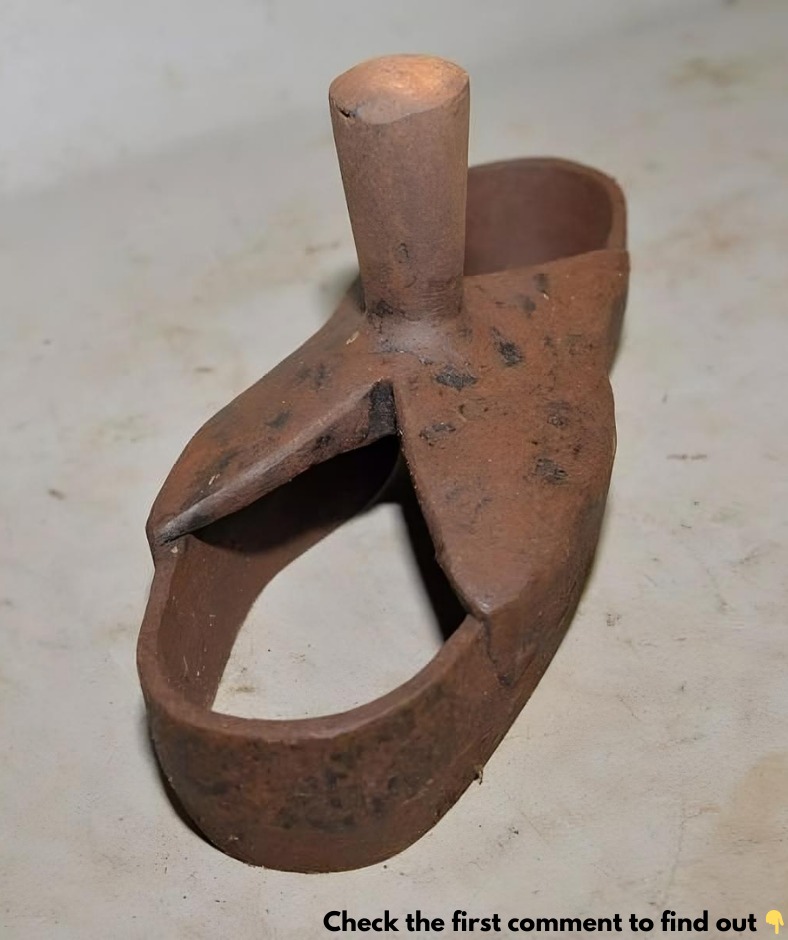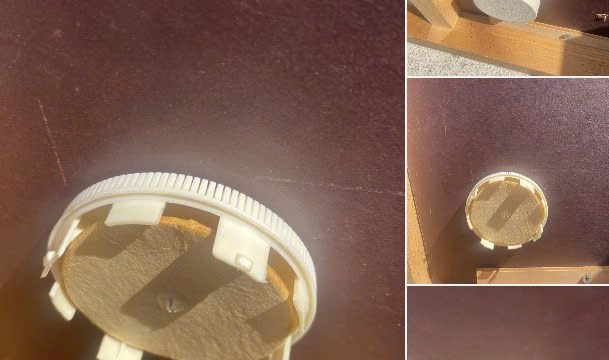Antiques never lose their charm, and the steel shoe sole die cutter is a perfect example of a tool that has stood the test of time. A vital instrument in shoemaking, this tool was essential in transforming leather into perfectly shaped soles, contributing to the advancements in the industry that began in the 19th century. Let’s explore the history, functionality, and lasting impact of this classic tool in the world of craftsmanship.

Origins of the Steel Shoe Sole Die Cutter
In the early 19th century, shoemaking was a highly specialized craft that required manual labor and skill. Cobblers hand-crafted custom-fit shoes using simple tools, meticulously cutting leather to form durable soles. However, as the demand for shoes increased, the manual process became too slow and inefficient to keep up with the growing market. This sparked the need for innovative tools that could maintain quality while increasing production speed.
That’s when the steel shoe sole die cutter came into play. This tool revolutionized shoemaking by allowing cobblers to cut uniform and precise soles quickly and efficiently. What used to be a laborious task was now streamlined, giving cobblers the ability to meet rising demands without sacrificing craftsmanship. It wasn’t just a tool; it was a breakthrough in making shoemaking more efficient while maintaining high standards.
Precision and Efficiency in Leatherworking
The steel shoe sole die cutter transformed how leather was cut. Its design featured a sturdy steel frame that held a sharp metal mold, or die, shaped like a shoe sole. The process was simple but highly effective—cobblers would place a sheet of leather beneath the die, apply pressure, and produce a perfectly cut sole in one swift motion. This method not only ensured uniformity but also minimized waste, maximizing the use of each piece of leather.
The tool was versatile as well. Beyond leather, the die cutter could handle other durable materials like rubber and synthetic fabrics, making it an indispensable tool for crafting various types of footwear. Whether making boots, dress shoes, or casual footwear, cobblers could rely on this tool for consistent, high-quality results.
The Industrial Revolution and Its Impact
The rise of the steel shoe sole die cutter coincided with the Industrial Revolution, a time of rapid technological advancements across multiple industries, including shoemaking. Initially, the die cutter was primarily used in small cobbler shops, but its efficiency soon caught the attention of larger factories and workshops.
As shoemaking began to incorporate more mechanized processes, the steel die cutter helped bridge the gap between handmade and machine-assisted production. It was perfectly suited to work alongside steam-powered machines and conveyor belt systems that were being introduced at the time. While the die cutter’s operation evolved from manual to mechanical, its role in ensuring speed and precision remained crucial to the industry’s growth.
Design: Strength and Simplicity
One of the reasons the steel shoe sole die cutter became so iconic was its design. Constructed from high-quality steel, the tool was built to last. Its heavy frame provided durability, while its sharp die ensured clean, precise cuts every time. Even as the tool was adapted for larger-scale production, its core design—simplicity and efficiency—remained unchanged.
Today, collectors treasure these die cutters for their craftsmanship and durability. Many of these vintage tools are still in excellent condition, highlighting their exceptional build quality and longevity.
Legacy in Modern Shoemaking
Despite the rise of automated production methods, the legacy of the vintage steel shoe sole die cutter lives on. In today’s world, where mass production often takes priority over quality, many bespoke workshops still value the precision and craftsmanship this tool represents. It serves as a reminder of the care and skill that went into making each pair of shoes.
Additionally, the steel shoe sole die cutter has become a prized collectible for enthusiasts of vintage tools and leatherworking. Its historical significance and artistry make it a sought-after item among collectors, highlighting its importance beyond just being a functional tool.
Conclusion: A Timeless Tool with Lasting Value
The vintage steel shoe sole die cutter was more than just a tool—it was a cornerstone in the history of shoemaking. Its efficiency, simplicity, and precision made it indispensable in both small cobbler shops and large factories. The tool’s continued reverence among collectors, hobbyists, and leatherworkers underscores its lasting impact on craftsmanship.
Reflecting on the history of shoemaking, the steel shoe sole die cutter stands as a symbol of innovation and progress. It bridged the gap between traditional techniques and modern industrialization, and its legacy continues to be honored in the high-quality footwear it helped create and the skilled artisans who wielded it.





